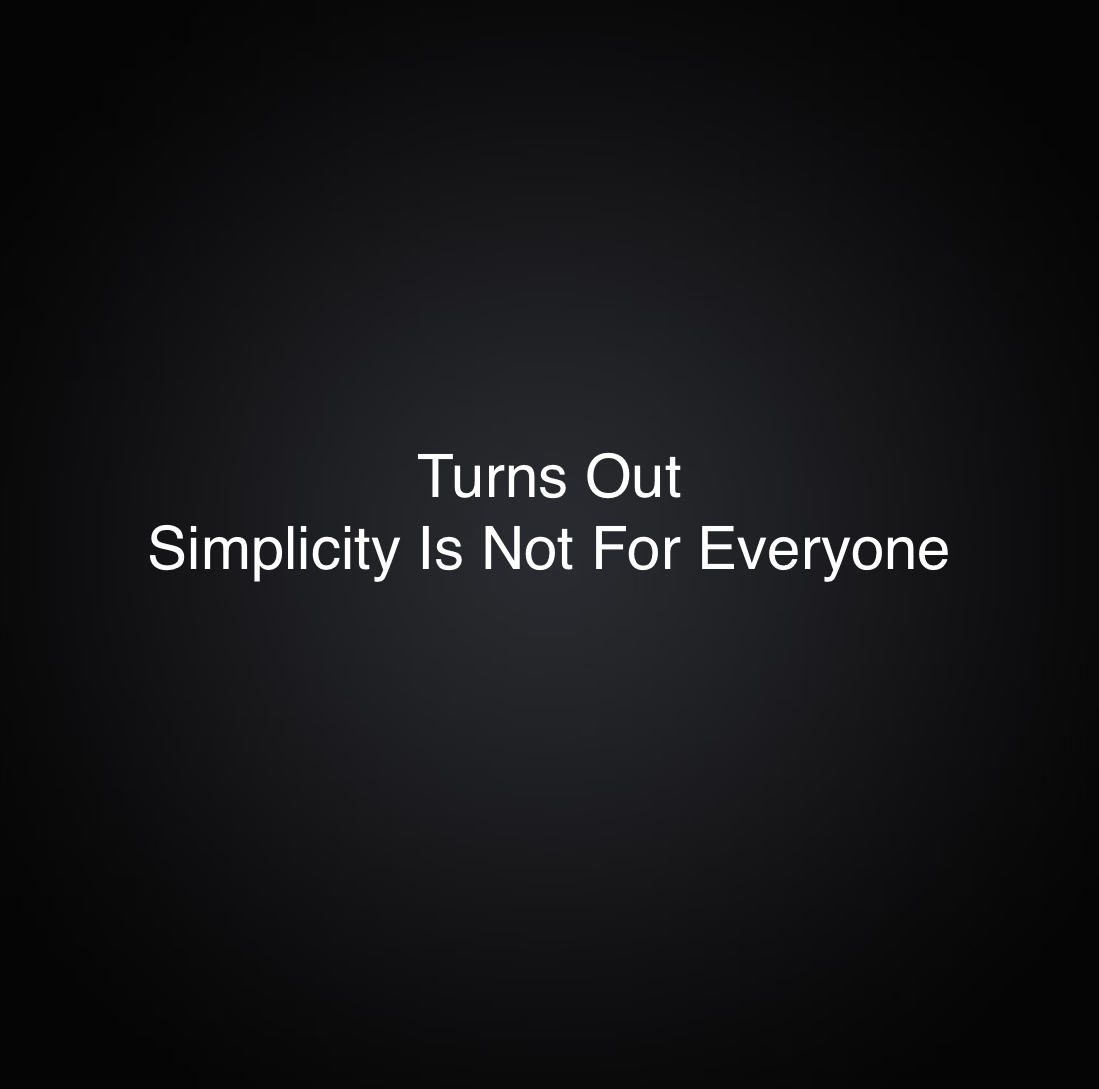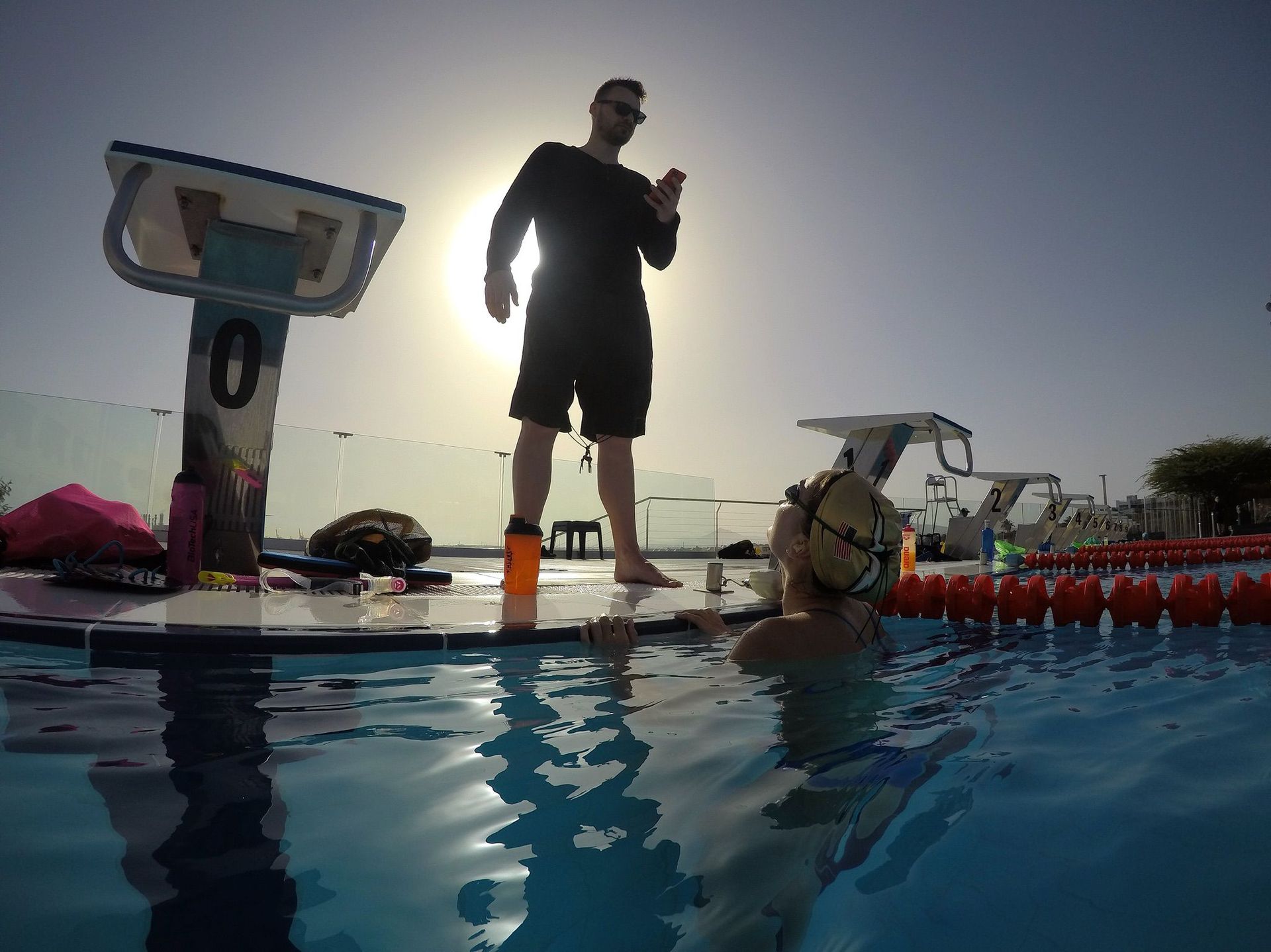Building Fire Through Trust, Discipline and Strategy
The Drop - Fritzke's Story
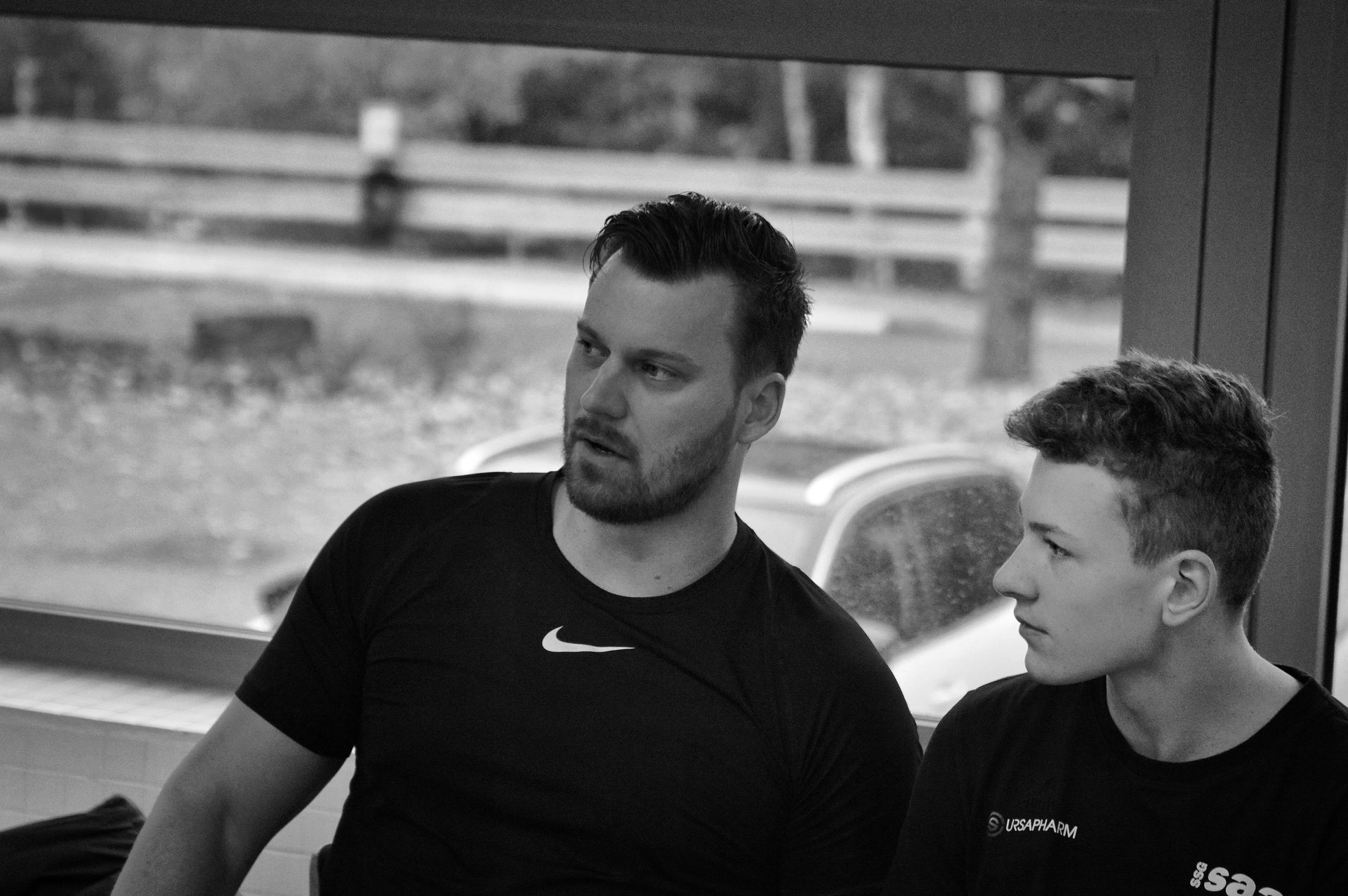
Every person we meet in life leaves something behind. But in high-performance sport, those connections go deeper — more intense, more meaningful.
I consider myself lucky. At every stage of my career, I’ve met athletes with truly unique character.
Athletes who didn’t just train — they became a part of me.
It wasn’t about inspiration. It was something deeper. Like a bond between father and son, or between brothers.
It was trust. Loyalty. Shared fire.
We weren’t just building athletes. We were building something together.
These kinds of characters are effortless to work with.
It’s like a perfect relationship — everything just flows.
Of course, there are moments when you have to push them. Sometimes, it feels like squeezing the last bit of mayo out of the bottle — you’ve got to press hard to get the best (or the rest) out.
But those moments are necessary. They shape the outcome.
Fritzy was one of them.
I still remember our first sessions.
There was a spark in his eyes — raw ambition. A silent fire that said:
We’re going to do something special.
We’re going to make history.
But in the beginning, this connection is fragile.
Because before anything else, as a coach, you’re a salesman.
You’re selling something invisible — your method, your philosophy, yourself.
You’re asking for trust before you’ve earned it, belief before there’s proof.
And that’s not easy.
With Fritzy, something rare happened:
His parents — especially his father — believed in me too.
In us.
And that belief made a huge difference.
Because when an athlete hears the same voice around the pool and at home — the same message, the same mindset — everything flows faster.
It smooths out the process.
It reinforces belief, every step of the way.
We bonded so well that during our Saturday race pace sessions, Fritzy’s dad would even help me write the times on the board.
That simple act — him standing there, marking splits — allowed me to stay more locked in on the swimmers, to coach in real time with full focus.
It wasn’t just helpful. It meant something.
It showed that we were all in — athlete, coach, and family — building something together.
Especially the hunger for more was what I saw in Fritzy straight away.
It showed in his discipline. He wouldn’t just show up — he gave 100% every time.
Locked in on his goals, he understood that discipline was his edge. It came from his hunger, and it was placed into his cradle.
His father, a soldier, taught him the value of discipline early — and Fritzy turned that into consistency, into fight.
He’d follow up his stroke counts, splits, and times after every session.
He worked on his technical focus points without needing reminders — and it showed in his progress.
And that discipline translated into results — fast.
Over just 8 months, Fritzy dropped significant time across every major freestyle event.
These were real, measurable gains — the kind that reflect not just talent, but obsession.
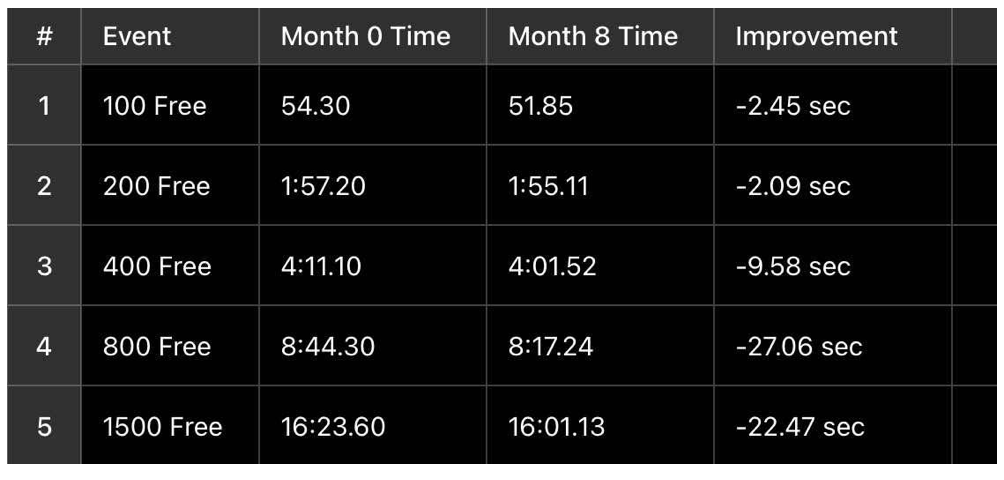
From the 5.2% improvement in the 800 Free to a 1.8% drop in the 200 Free, each event reflected locked-in effort.
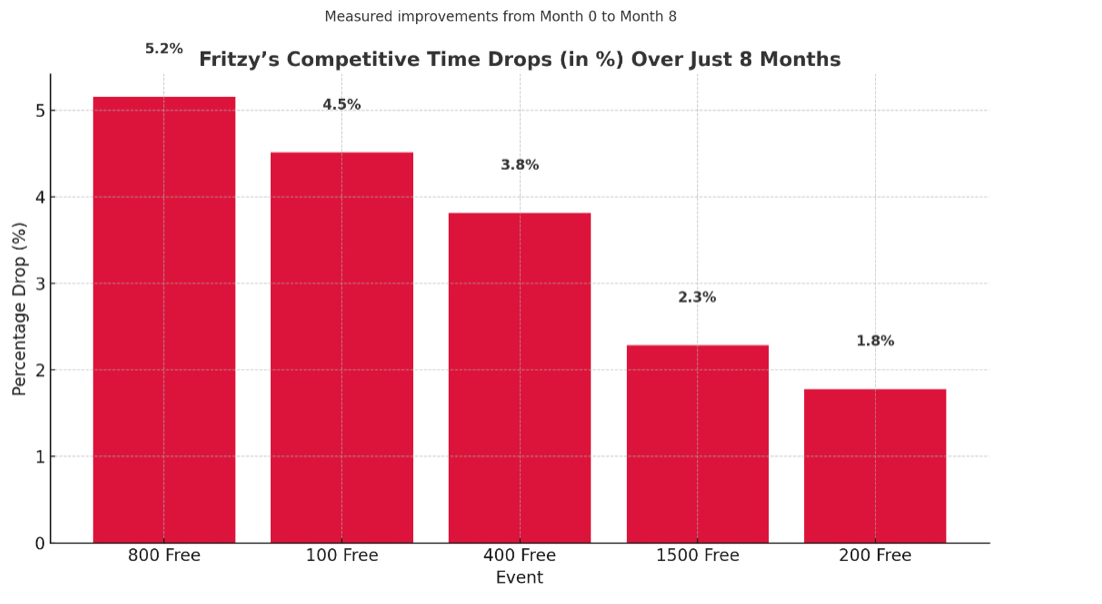
He dropped nearly 10 seconds in the 400 Free,
Over 27 seconds in the 800,
More than 22 seconds in the 1500,
And over 2 seconds even in the 100 and 200 sprints.
That kind of range doesn’t come from luck — it comes from fire.
At the highest level, success isn’t just hard work.
It’s two souls connecting — athlete and coach.
Same energy. Same humor. Same goal.
When that alignment happens, magic is possible. And with Fritzy, it was real.
Once that connection is there, the next step is critical: figure it out — fast.
Where are you going? What’s the road?
Pick the stroke. Pick the events. Build the timeline. Build the strategy.
Most importantly — explain why.
Because belief is everything.
The athlete has to believe in your plan, your words, your vision.
Get that part right, and performance doesn’t just improve — it transforms.
I’ve seen athletes grow 25% or more through belief alone.
Especially when you’re trying to save a swimmer’s career — belief becomes oxygen.
But belief only works when your plan fits the swimmer.
You can’t force them into your system. You shape your system around their needs.
Every coach has a philosophy. Mine is rooted in structured, purpose-driven sets.
But that’s just the blueprint.
In the early weeks, you adapt. You watch. You test. You listen.
And then — you tune it. That’s when the plan becomes personal. That’s when it starts to work.
Now — that’s easy to say.
But what if your swimmer wants to do everything?
100m to 1500m freestyle — all of it.
No fear. No limits. Just pure drive.
That’s a gift — and a trap.
Because when someone’s willing to take on the world, you have to protect them. From burnout. From misdirection.
You have to feel where their strengths lie.
And you have to decide. Smartly.
It’s like standing at a roundabout.
There are many exits. Which one do you take?
You have to know. You have to feel it.
Because if you’re unsure — they’ll feel that. And the bond breaks.
Some coaches go old-school — long cycles from aerobic base to race shape.
Some chase meets — reacting week to week or cycle to cycle. (That works for kids. But not for building something legendary.)
Me? I pick the main race. And I build everything around it.
Divide the cycles, the weeks. Divide the days.
Build like the Egyptians — brick by brick, with precision and patience.
And when the foundation’s there?
Step on the gas.
Focus on the one light at the end of the tunnel.
And something happens:
The trust deepens.
The spark becomes fire.
The athlete becomes hungry.
And he is. I am sure of he keeps this hunger and this work up, we will see him at the pool in Los Angeles 2028.
